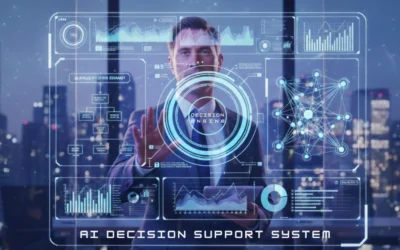E governance is the use of information and communication technology (ICT) in government services to increase communication and transaction efficiency.
- Government to Government (G2G)
- Government to Business (G2B)
- Government to Citizen (G2C)
Its goal is to performance management and reduce corruption while increasing accountability It also enables a Citizen Centric Administration in which citizens can effectively participate.
The Importance of E-Government in the Digital Age:
1-Transforming Lives: The government has worked hard to promote digitization to promote economic inclusion and social transformation through initiatives such as ‘Digital India,’ ‘Make in India,’ and ‘Skill India.
As a result, India is preparing for an era of increased digitization.
E-governance is critical for distributing the various benefits of economic growth brought about by digitization to all segments of society.
Using technology and citizen-centricity to catalyze government operations in order to create a safer, more efficient, and sustainable society.
2- Good governance: The complexity of governance in India necessitates a comprehensive approach.
In the age of digitization, shedding old methods and embracing new technologies in governance would result in faster, smarter, and more proactive government catering to its citizens.
3- Modern issues: As the world moves into a new era of digitisation, governments must adopt modern governance methods to combat modern threats such as cyber fraud and fake news.
4- Ease of Doing Business: It is critical for the country’s economic growth to make doing business easier.
E-governance allows for the timely approval of projects as well as the tracking of projects and policies.
5- E-governance includes the digitization of land records, single-window management of complaints and maintenance of critical services, as well as internet-based delivery of services.
It resulted in a more efficient work culture and enhanced services for Indian citizens.
6- Real-Time Governance: By leveraging digital services, the government may quickly answer citizen grievances and monitor infrastructure projects, incidents, and meteorological and climatic phenomena across the state in real time.
7- Expense cutting: The majority of government spending is allocated to the cost of stationary.
Paper-based communication necessitates a large amount of stationary, printers, computers, and so on, which necessitates ongoing high investment.
The Internet and telephones make communication more affordable, saving the government money.
8- Transparency: The use of ICT improves transparency in government. The majority of the government’s information is available on the internet.
Citizens can access the information whenever they choose.
E-governance aided in the reduction of corruption by keeping track of numerous government processes online.
9-Accountability: As the governing process becomes more open, the government becomes more accountable.
Accountability refers to the government’s responsibility to the people.





